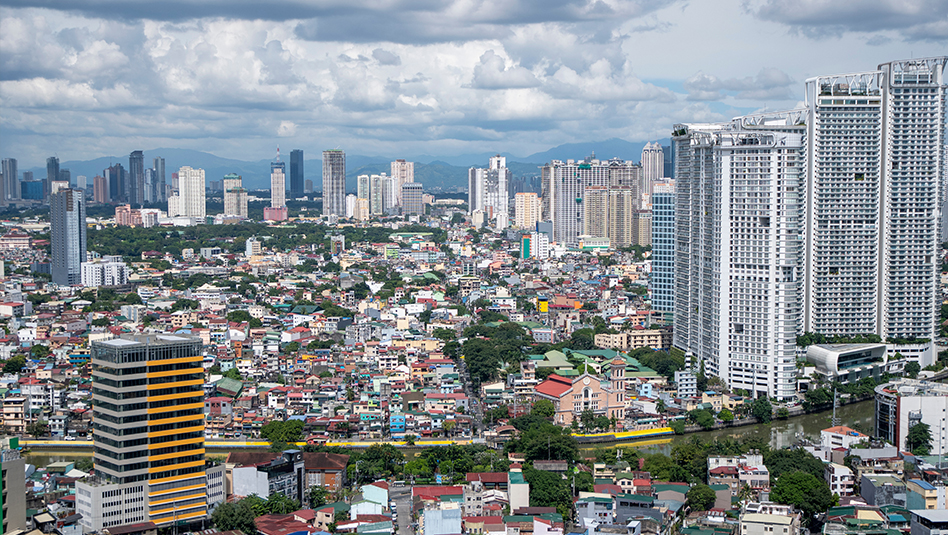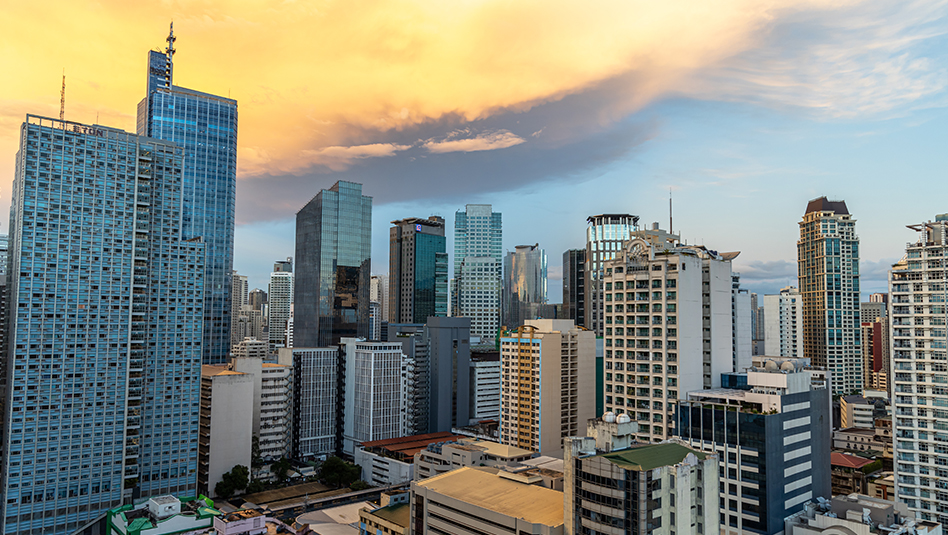October Economic Update: Slow rate cuts and quicker growth lie ahead
Metrobank Research expects BSP’s measured policy rate cuts to fully make an impact from next year

Against a backdrop of slowing inflation and measured monetary easing by the Bangko Sentral ng Pilipinas, the Philippine economy should pick up pace this and the coming quarters.
Annual consumer-price increase slowed to an over four-year low in September. Food costs are expected to continue weighing down on inflation, while the Philippines still has space to absorb recent oil-price hikes before direct inflationary pressure materializes.
Monetary authorities cut the policy rate by another 25 basis points on October 16. Barring significant curveballs, similar decreases at the immediate succeeding rate-setting meetings are in the cards. Eyes should be locked on geopolitical tensions in the Middle East stoking oil-price volatility and unfavorable weather conditions disrupting food supply.
Metrobank Research expects BSP’s reverse repurchase rate to settle at 5.75% at the year’s end, decreasing further to 4.75% in 2025 and to 4.25% in 2026.
Read more:
- Is the Philippines ready for oil-slicked inflation?
- Policy Rate Updates: Philippine central bank takes baby steps in rate cut cycle
Although the BSP’s monetary easing has begun, the full impact of lower borrowing costs on consumption and investment spending is yet to take effect at the beginning of next year. Metrobank Research expects GDP to grow at 6.2% for the full-years 2025 and 2026, accelerating from an estimated 5.7% expansion this year.
Elsewhere, Metrobank Research expects the US Federal Reserve to make a deeper rate reduction than the BSP at least for this year. The USD-PHP pair will be chiefly influenced by seasonal foreign-exchange flows — with a bevy of funds for bonuses of outsourcing firms’ staff and remittances from overseas workers coming in the fourth quarter.
Download our report below.


Brighter prospects ahead
Measured quarter-point rate reductions by BSP are on the horizon.







 DOWNLOAD
DOWNLOAD




 By Metrobank Research
By Metrobank Research